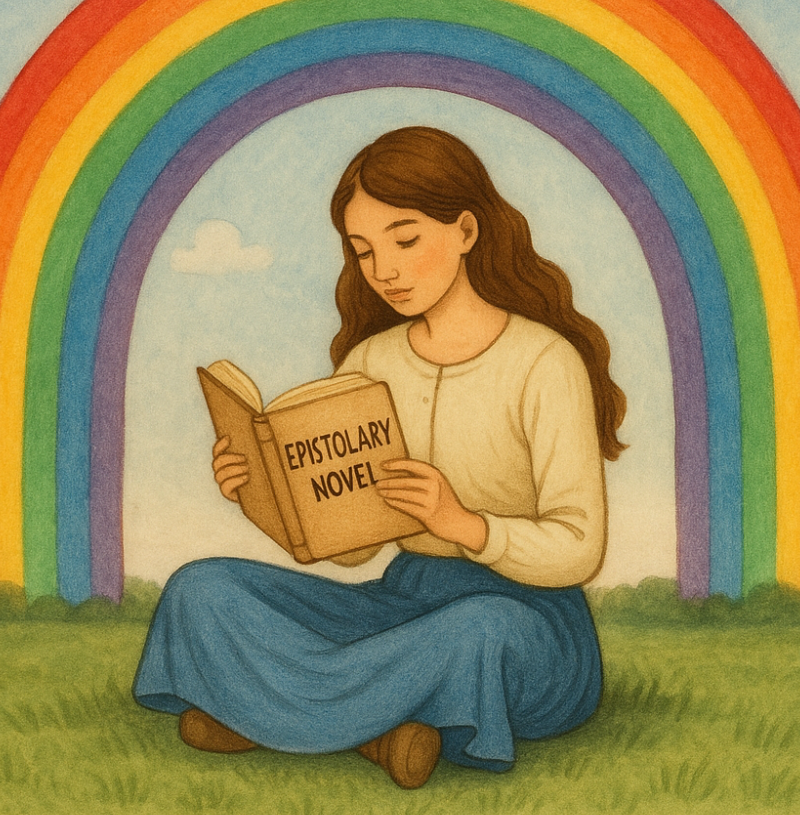Before texts and DMs took over our lives, letters were the way to spill secrets, share dreams, and tell unforgettable stories. Epistolary books—novels told through letters, diary entries, or digital messages, tap into that same raw, unfiltered connection. They feel like you’re snooping through someone’s inbox (with full permission, of course), getting a front-row seat to their thoughts and emotions.

In this post, I’m diving into what makes this storytelling style so timeless, how it’s evolved over the centuries, and why I think epistolary novels deserve a special spot on every reader’s shelf. Let’s open some literary mail, shall we?
Why I’m Obsessed with Epistolary Books (and You Might Be Too)
There’s just something magical about a story told through letters. Epistolary books—yes, that’s the fancy word for it—have a unique kind of charm that feels both vintage and deeply personal. These aren’t just books; they’re invitations to peek into someone’s most private thoughts, like finding a box of old letters in the attic and getting completely swept up in someone else’s world.
Believe it or not, this style of storytelling has been around for centuries. It really started gaining momentum in the 18th century, with authors like Samuel Richardson, who gave us Pamela back in 1740. He showed the world that letters weren’t just for saying hello—they could be used to tell layered, emotional, deeply human stories.
So, what makes this format so compelling? It’s all about intimacy. A letter is direct. Honest. Raw. When you read one, it feels like the character is talking just to you. No middleman, no fluff. And because the format often includes different voices—whether it’s back-and-forth letters, diary entries, or notes left behind—it gives us a richer, more textured view of the story, without having to switch narrative styles in jarring ways.
Not all epistolary novels stick to a strict letter-only format. Some weave letters in with traditional prose, which gives the author more room to play while still delivering that personal punch. Take The Color Purple by Alice Walker—it’s a masterclass in how powerful this approach can be. Or Dracula, which builds suspense through journals, telegrams, and newspaper clippings. (Seriously, Bram Stoker was way ahead of his time.)
More recently, books like Where Rainbows End by Cecelia Ahern have modernized the genre with emails, texts, and instant messages—proving that this format isn’t just stuck in the past. It’s evolving right alongside us, keeping that personal connection alive in a digital age.
What I love most is how epistolary stories pull you in. Reading them feels like eavesdropping in the best way—like you’re trusted with someone’s secrets. There’s a vulnerability in that. And honestly? That’s where the magic is.
Whether it’s ink on paper or a string of emojis in a group chat, these books remind us that the way we communicate tells a story all its own. Epistolary novels aren’t just a niche genre—they’re a celebration of human connection, and they’re still going strong.

Love this! I look forward to reading more!
Hi Melissa, thanks for stopping by. I’ll be mailing you a letter within the next few days.